BallIP, or the Ball Inverted Pendulum Robot, is an innovative robot that showcases advanced balancing and mobility technology. Designed to operate and balance on a single spherical wheel, BallIP demonstrates precision engineering and cutting-edge AI. Its compact design, omni-directional movement, and interactive features make it an ideal platform for robotics research, education, and experimentation. BallIP represents a significant milestone in the field of dynamic robotics, blending functionality with futuristic technology.
BallIP was developed by Fujitsu Laboratories, a global leader in technology and innovation. The project aimed to explore the potential of balancing robots for applications ranging from industrial automation to personal robotics. The robot’s design emphasizes stability, agility, and programmability, reflecting Fujitsu’s commitment to advancing robotics technology.
Specification with Technical Details
- Manufacturer: Fujitsu Laboratories
- Year of Development: 2015
- Industry: Robotics and Balance Technology
- Dimensions:
- Height: 50 cm (19.7 inches)
- Weight: 6 kg (13.2 lbs)
- Mobility:
- Moves and balances on a single spherical wheel (ball) using precision motor control.
- Maximum speed: 2 m/s (4.5 mph)
- Sensors:
- Inertial Measurement Unit (IMU) for balance and motion detection.
- Ultrasonic sensors for obstacle avoidance.
- Cameras for object recognition and navigation.
- Actuation:
- Three omni-directional motors control movement and maintain balance.
- Power Source:
- Rechargeable lithium-ion battery with up to 4 hours of continuous operation.
- Processing Unit:
- High-speed microcontroller for real-time stabilization and navigation.
- AI software for dynamic learning and adaptive behavior.
- Connectivity:
- Wi-Fi and Bluetooth for remote control and data transmission.
- Programmable through a user-friendly SDK.
Features
- Dynamic Balancing: Utilizes advanced control algorithms to remain balanced on a single ball while in motion.
- Omni-directional Movement: Capable of moving seamlessly in any direction without losing balance.
- Obstacle Avoidance: Equipped with sensors to navigate dynamic environments autonomously.
- Interactive Capabilities: Responds to voice commands and gestures for intuitive operation.
- Compact Design: Lightweight and portable, making it suitable for various research and educational purposes.
- Programmable Interface: Open SDK for developers to customize functionalities and explore applications.



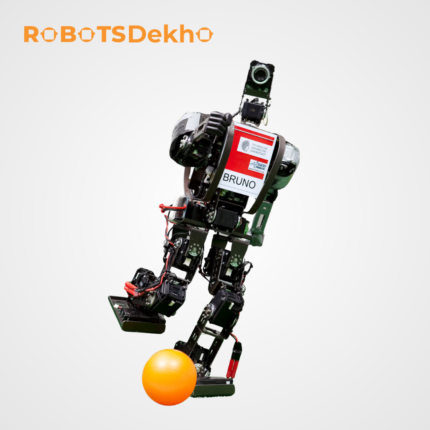
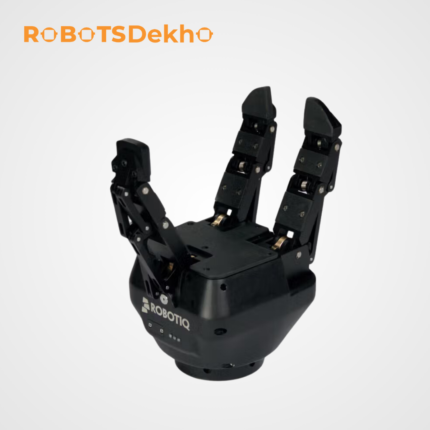

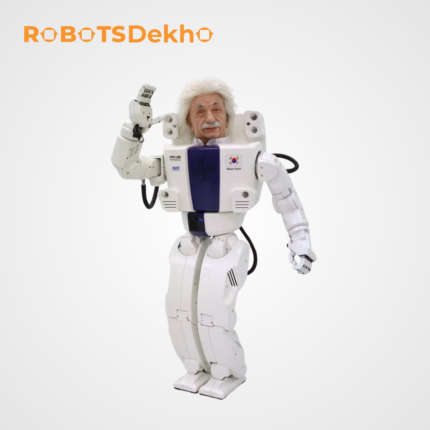
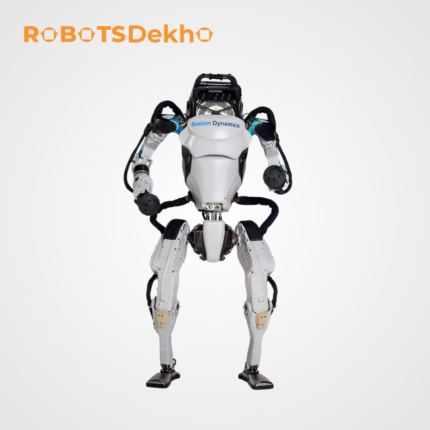
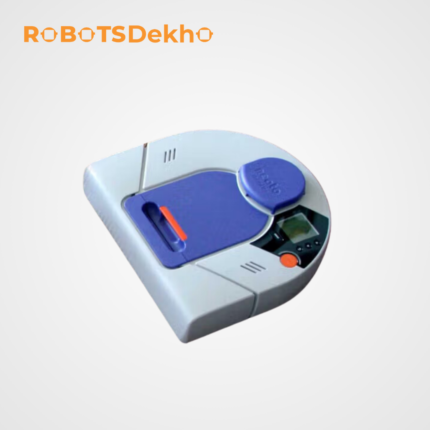
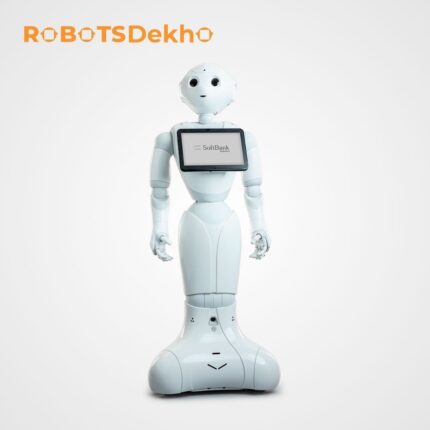

Reviews
There are no reviews yet.